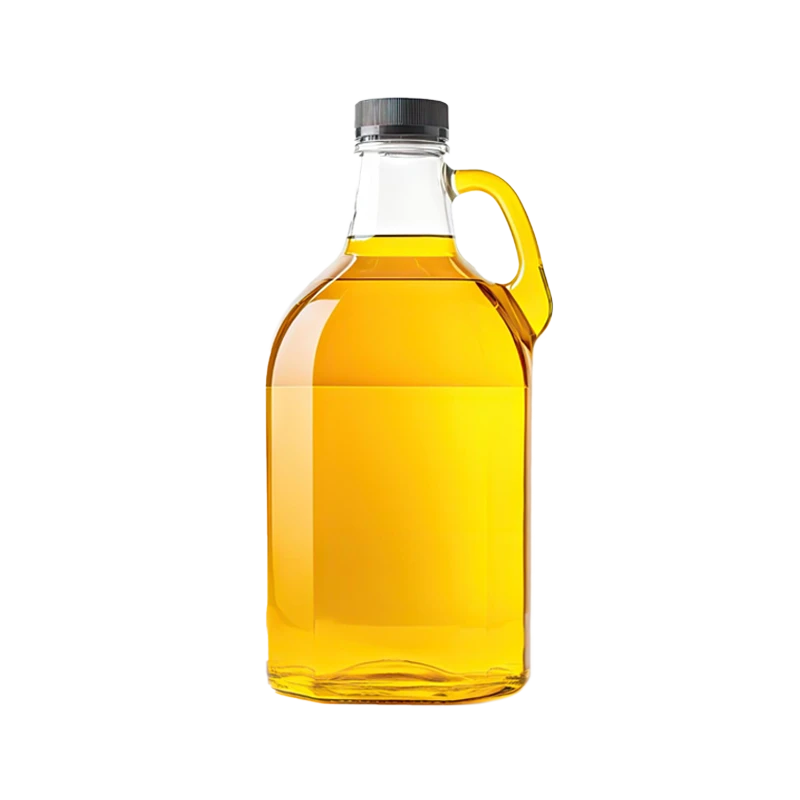Canola Oil — Nutrients, Health Benefits, And Shopping Tips

Written by Listonic Team
Last update on September 4, 2024
Nutrients
Nutrition facts
Amount per 100 g
Calories
🔥 884 kcal
| Nutrition per: 100 g | Value | % Daily Value* |
|---|---|---|
| Carbs | 0 g | - |
| Fiber | 0 g | - |
| Sugars | 0 g | - |
| Glycemic Index | 0 | - |
| Protein | 0 g | - |
| Sodium | 0 mg | - |
| Total Fat | 100 g | 128.21% |
*The % of Daily Value (DV) tells you how much a nutrient in a serving of food contributes to a daily diet. 2,000 calories a day is used for general nutrition advice.
Key takeaways
Health benefits
- Rich in healthy fats, particularly monounsaturated fats, which support heart health by reducing bad cholesterol levels.
- Contains omega-3 fatty acids, which reduce inflammation and support brain function.
- High smoke point, making it suitable for cooking at high temperatures without breaking down and producing harmful compounds.
- Provides Vitamin E, an antioxidant that helps protect the body from free radicals and supports skin health.
Health risks
- High omega-6 fatty acid content which, if consumed excessively, may contribute to inflammation and an imbalance of essential fatty acids in the diet.
- Potential for trans fats in some highly processed or hydrogenated forms of canola oil, which can raise cholesterol levels and increase the risk of heart disease.
- Possible presence of GMOs as a significant portion of canola crops are genetically modified, which may be a concern for some consumers.
- Risk of oxidation when used in high-heat cooking, which can produce harmful compounds that may contribute to long-term health risks.
How to choose canola oil
Purchasing canola oil, look for a cold-pressed variety that exhibits a light, golden hue, indicating high quality. The oil should have a mild, nearly neutral flavor, ideal for various cooking techniques. Verify non-GMO or organic certifications to ensure the oil is free from undesirable chemical treatments.
Avoid canola oil that smells off or looks murky, as these traits can affect its culinary uses. High-quality canola oil should be clear with a pure, unobtrusive taste.

How to store canola oil
Canola oil should be stored in a dark, cool place like a pantry to maintain its quality. Ensure the bottle is tightly sealed to prevent air from affecting the oil. Properly stored, canola oil can last up to a year.
Exposure to light and heat can cause canola oil to become rancid, so avoid these conditions. Do not store near the stove or in direct sunlight. Keep the cap tightly closed to maintain freshness and prevent oxidation. Regularly check for any off smells as a sign of spoilage.
✅ Extra Tip
How long does it last?
Canola oil can last for 1-2 years when stored in a cool, dark place. Once opened, it is best used within 6-12 months. To maintain its quality, keep it tightly sealed and away from heat and light.
What to do with leftovers?
Leftover canola oil can be used in a variety of ways both in the kitchen and around the house. In cooking, it’s a versatile oil that can be used for frying, sautéing, baking, and making salad dressings. Its neutral flavor makes it suitable for a wide range of dishes, from savory to sweet.
Beyond cooking, canola oil has several household uses. It can be used as a lubricant for squeaky hinges, stuck zippers, or to protect cast iron pans from rust. Canola oil can also be used as a base for homemade beauty treatments, such as mixing it with sugar or salt to create a natural exfoliating scrub. Additionally, canola oil can be applied to wooden furniture or cutting boards to help maintain their finish and prevent drying out.
👨⚕️️ Medical disclaimer
Discover products from other categories
Listonic Team
Fact-checked
Our editorial team checked this article to make sure it was accurate at the time of publishing it.
Get the top-rated shopping list app

canola oil
1 piece







